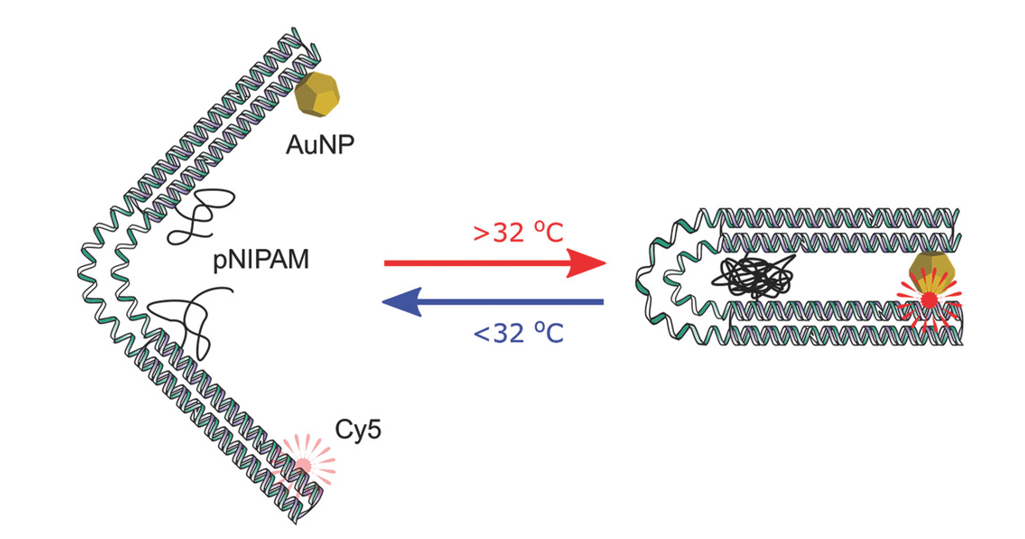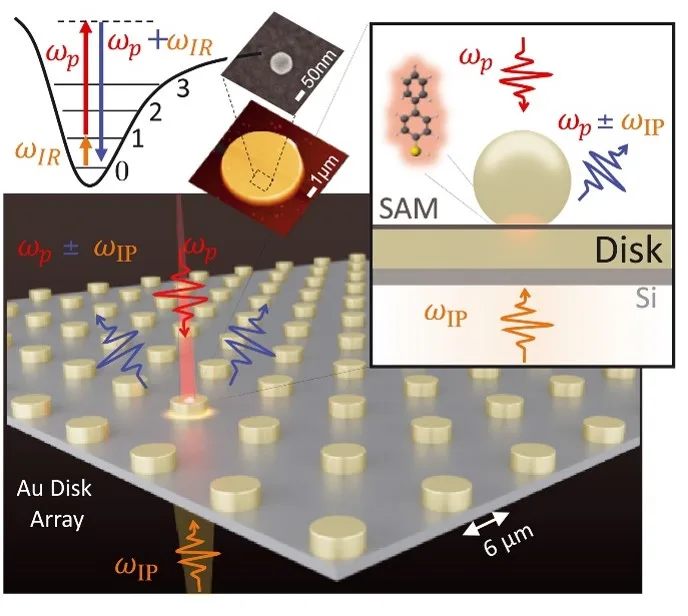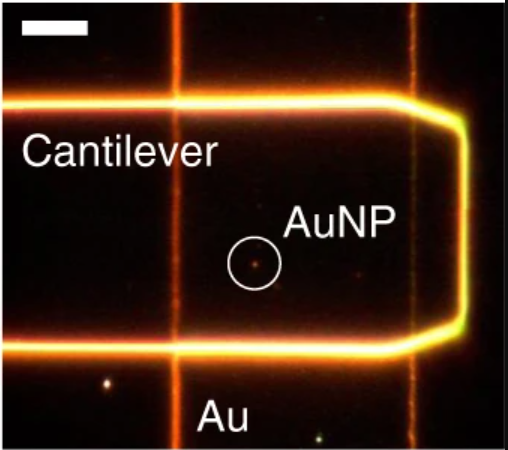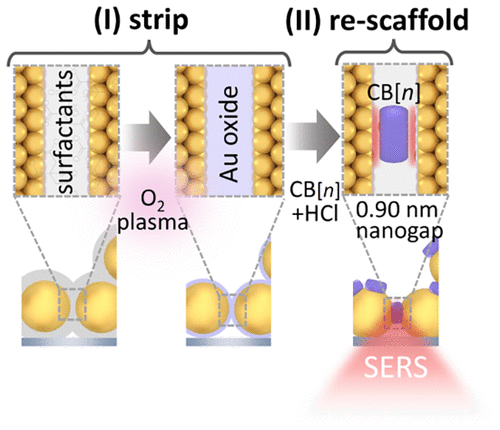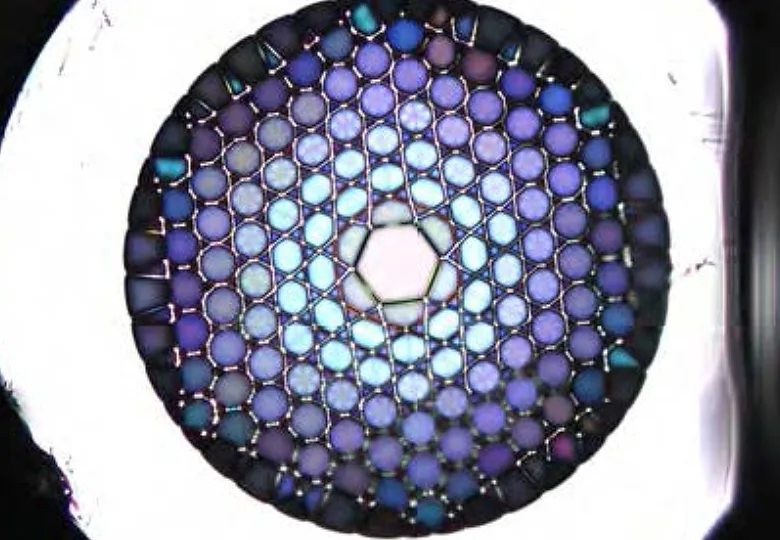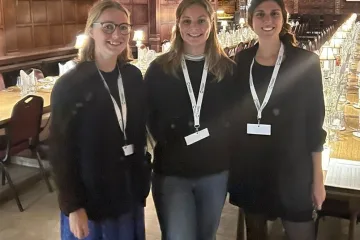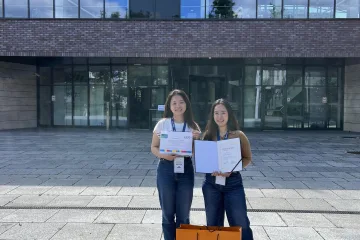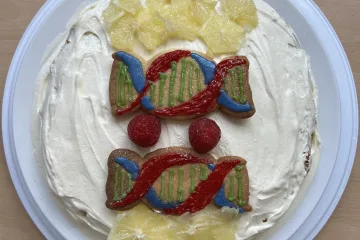NanoPhotonics explores how new materials can be created, in which the interaction between light and matter is fundamentally altered to produce fascinating and useful new effects.
Why we do it
Assembling nano-chunks of matter into sophisticated structures creates nano-materials (or ‘meta-materials’) with emergent properties not found in their constituents, but is a major technological challenge. One of our goals is moving from expensive fabrication of devices to elegant nano-assembly in which materials ‘build themselves’. This convergence of NanoScience/NanoTechnology with Photonics is highly interdisciplinary across all Physical Sciences and beyond, including NanoScience, Chemistry, Engineering, Biology, Healthcare, Materials as well as Physics.
Join us!
We are always looking for talented researchers to join our research teams: see Positions
The Cambridge NanoPhotonics Centre was setup in 2007 with the arrival of Professor Jeremy J. Baumberg, and has funding from the UK EPSRC and EU, as well as a number of industrial partners and collaborators. We have recently been funded by the EPSRC for a new Soft NanoPhotonics Collaboration joint with Prof. Ulli Steiner in Biological & Soft Solids, Dr. Oren Scherman in Chemistry, Prof. Malcolm Mackley in Chemical Engineering, and Dr. Stephan Hofmann in Engineering. We are combining soft and photonic materials in unusual ways, making flexible and stretcheable nano-materials with new properties for both functional and bio-applications.
We also support the new Nano Doctoral Training Centre across the University of Cambridge.
Our core values
Core values here
Research themes

